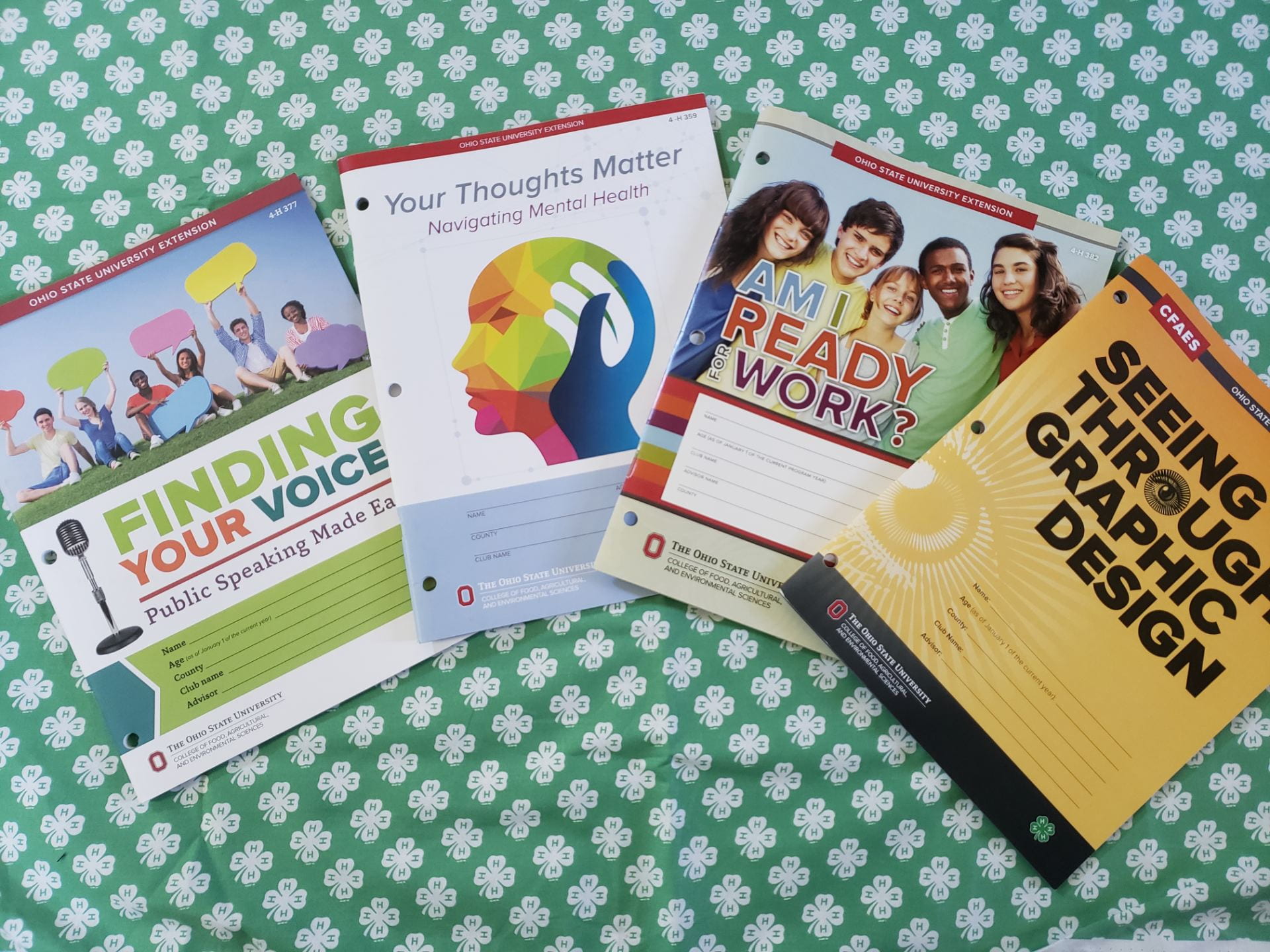The deadline is fast approaching. This will be the last reminder to register for Project Judging!
It is almost time for 4-H still project judging! Letters have been mailed with more information! 4-H Project Judging will take place on Wednesday, July 17, 2024 at the fairgrounds. Be sure to sign up for an appointment time using this link: https://go.osu.edu/pj2024morganco. The sign up link closes on Friday, July 12, 2024 at 11pm.
IF taking more than 4 projects you may need to restart survey after logging the first 4 and signing up for other time slots as needed!
Clothing Judging will happen a little different this year. It will take place on the same day Wednesday July 17th. Be sure to sign up for this using the same link.
Awards will also be handled differently this year, due to low attendance at our awards ceremony we will be making a posting on Facebook and the blog of all placings and state fair selections. These individuals will have an opportunity to be recognized in person at our volunteer recognition banquet in October.
Not sure what to bring to judging? Please check your project requirements we sent out earlier this year!
If you have any questions, please contact the OSU Extension office at 740-962-4854




 It is almost time for 4-H still project judging! Letters have been mailed with more information! 4-H Project Judging will take place on Wednesday, July 17, 2024 at the fairgrounds. Be sure to sign up for an appointment time using this link:
It is almost time for 4-H still project judging! Letters have been mailed with more information! 4-H Project Judging will take place on Wednesday, July 17, 2024 at the fairgrounds. Be sure to sign up for an appointment time using this link: 
